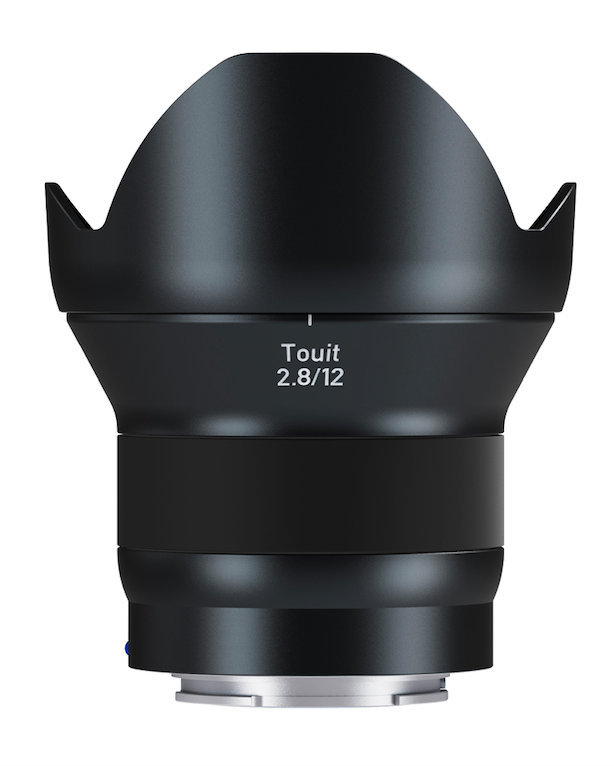
Description
67mm
Filter Size
Filter Size
f/2.8
Aperture
Aperture
N/A
Stabilized
Stabilized
E
Mount
Mount
Distagon Design
When the angle of view becomes extreme, the retrofocus design of the Distagon lens can also be the ideal choice when the camera is not an SLR. Distagon lens types possess the low, image-sided, raypath angles that are particularly favorable for use with digital image sensors and also guarantee an extremely homogeneous distribution of brightness across the image field.
Smooth and reliable autofocus
The design of the autofocus system demands an extremely precise movement of certain lens elements. As the mass of the elements or groups to be moved within the optical system differs, various motor types may be installed. The focusing system of the Touit lenses is designed to guarantee robust and smooth autofocusing without any need for compromises or limitations in their optical design.
Aspherical design
The aspherical lens design ensures consistent imaging performance throughout the entire focusing range as well as sharpness to the periphery of the image. The asphere's more complex surface profile can reduce or eliminate spherical aberration and also reduce other optical aberrations compared to a simple lens.
Floating Elements Design
Today’s camera technologies and high-resolution sensors demand continuous improvement of lens performance. Thanks to the use of the latest floating element design principles, optical aberration effects in ZEISS lenses are reduced to a minimum throughout their entire focusing range. This is achieved by variation of the axial distance between individual lens elements or groups. This adjustment of the lens-to-lens distance is coupled to the distance setting to ensure correct compensation at all times. The mechanical construction of these lenses is extremely complex and they must be assembled with utmost precision – both of which are key competencies of ZEISS.
ZEISS T* anti-reflective coating
The optical elements of ZEISS lenses feature T*® anti-reflective coating on all surfaces and an optical design that guarantees images of superior brilliance at all times, even in unfavorable lighting conditions. We apply the anti-reflective coating to the lens surfaces by the vapor deposition of extremely thin, transparent layers on the glass. In this process, special substances are vaporized with extremely high energy in a high-vacuum environment and are subsequently deposited on the glass surfaces, one after another, as layers with precisely controlled thicknesses to achieve the desired reduction of reflective properties. The first coating techniques were employed by ZEISS as long ago as in the 1930s.

